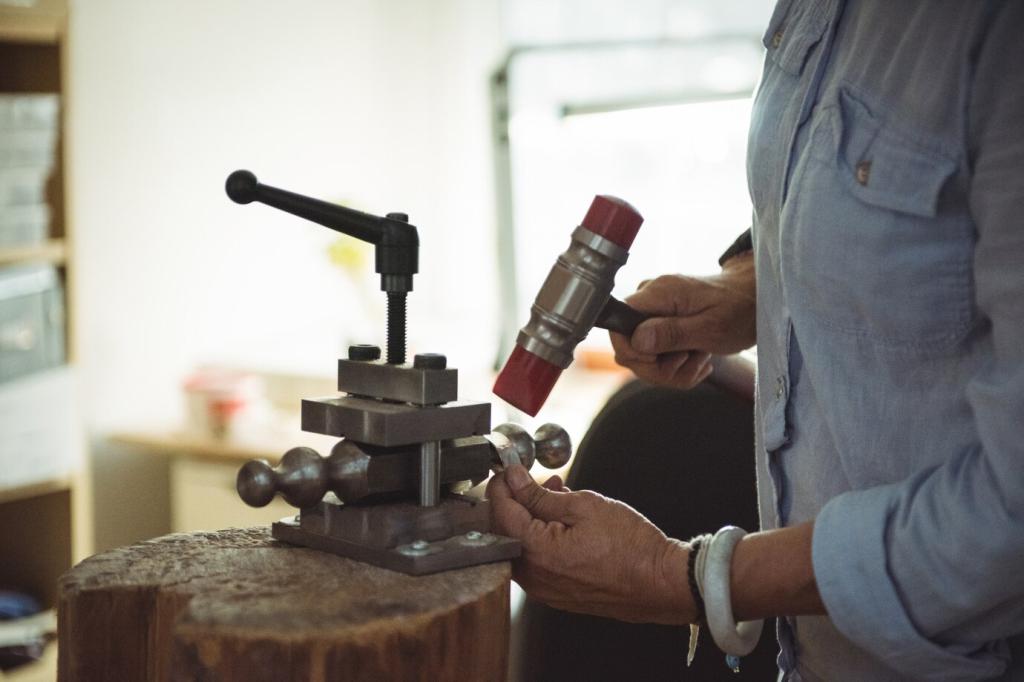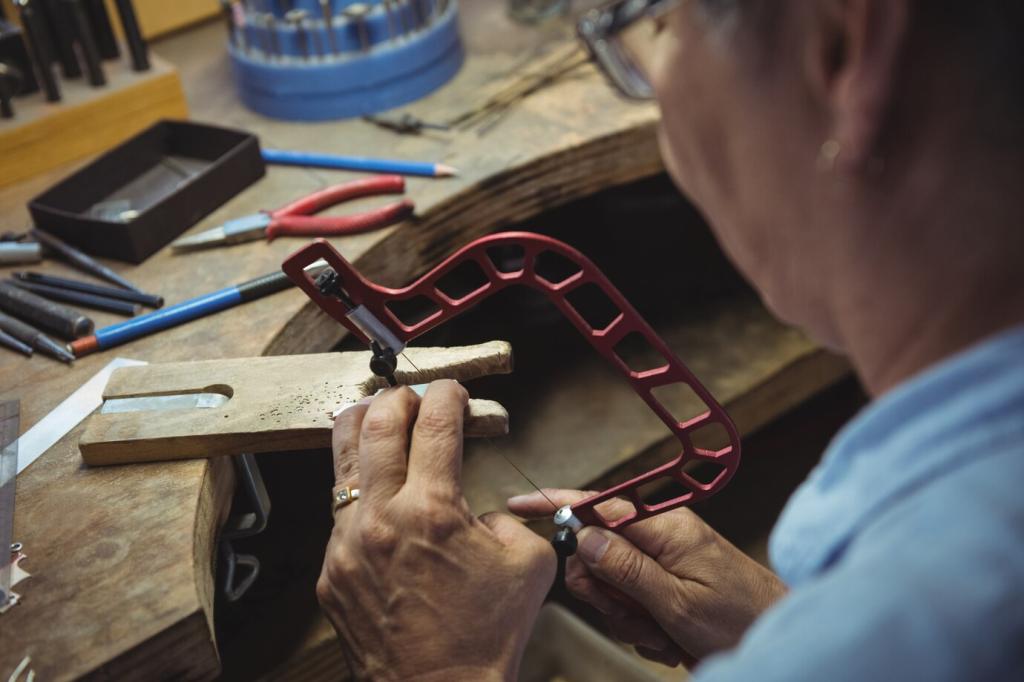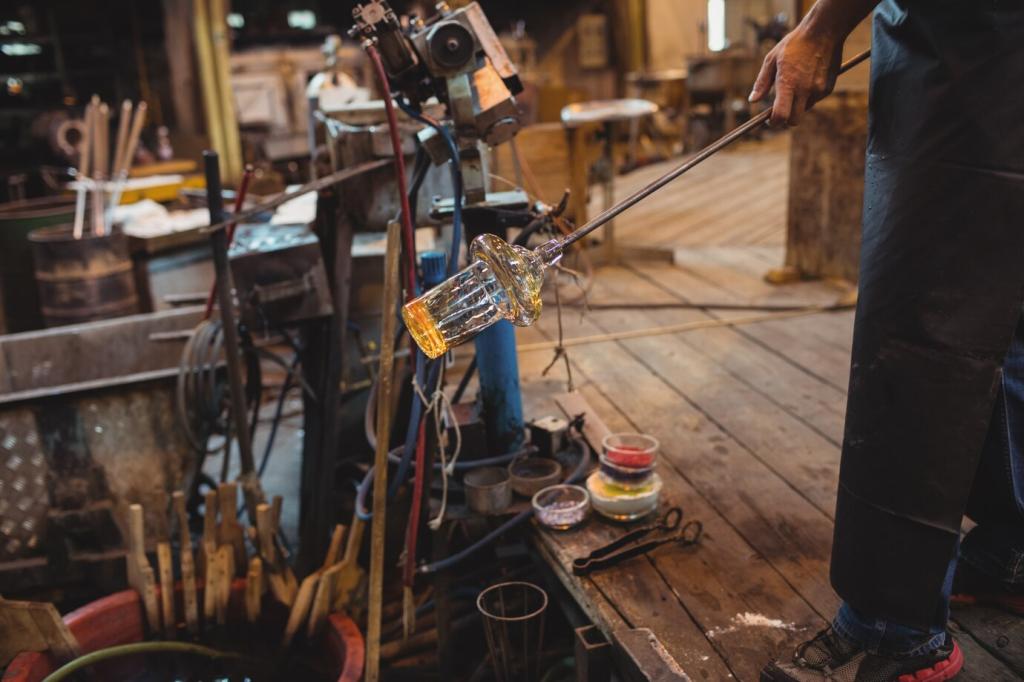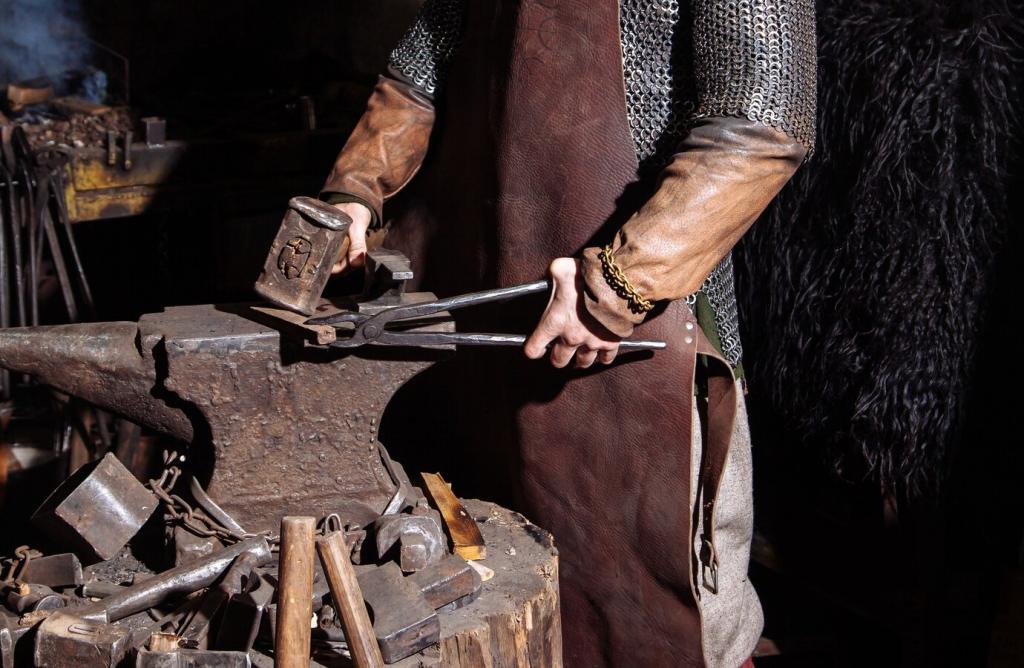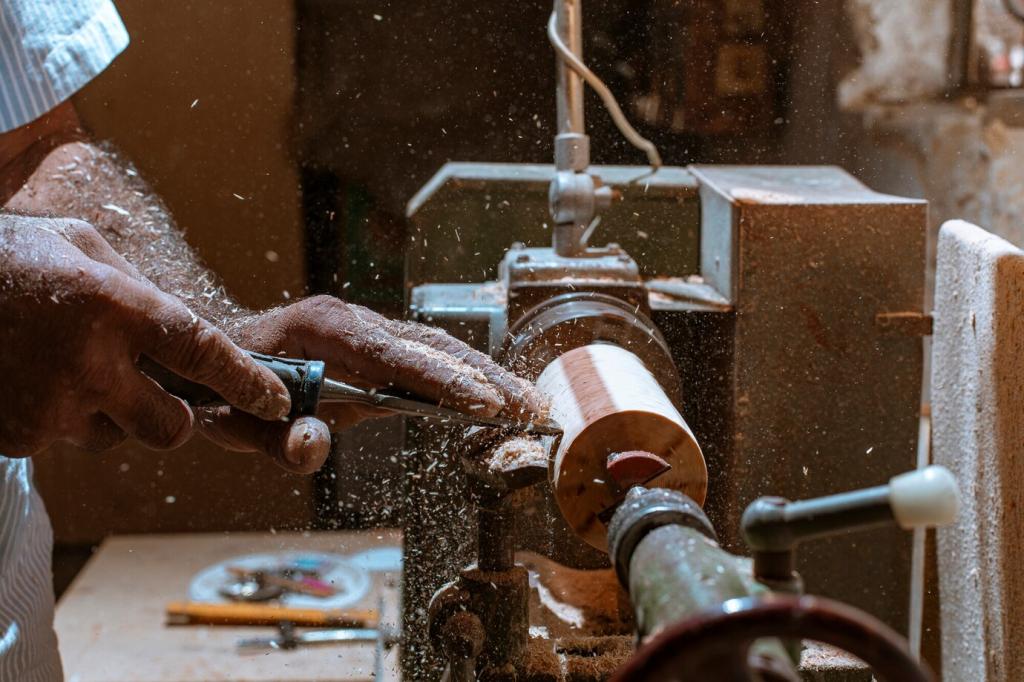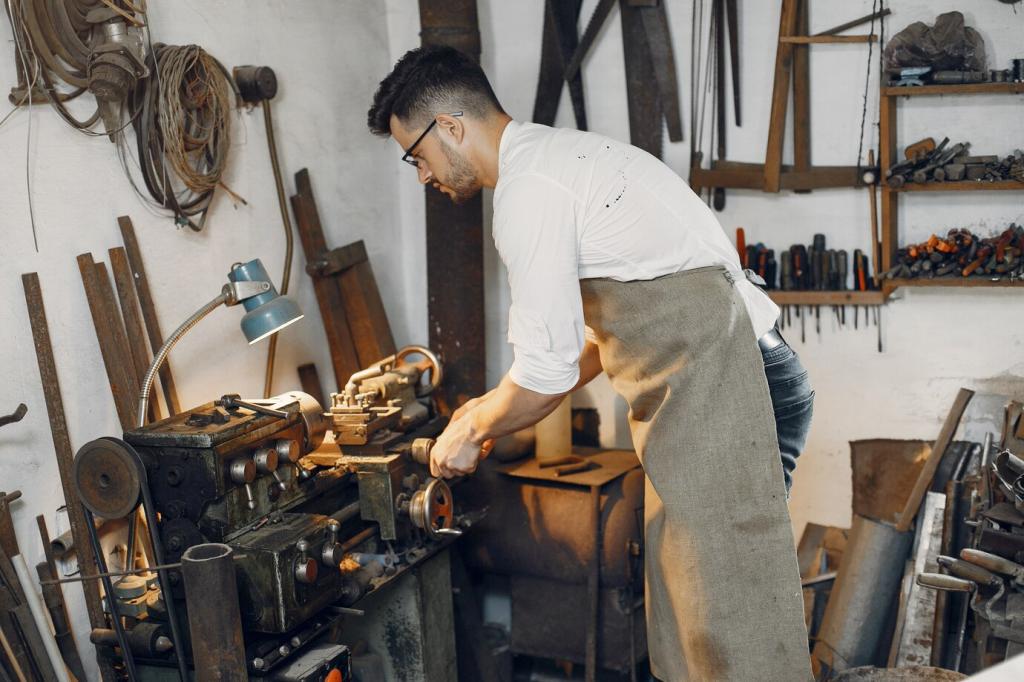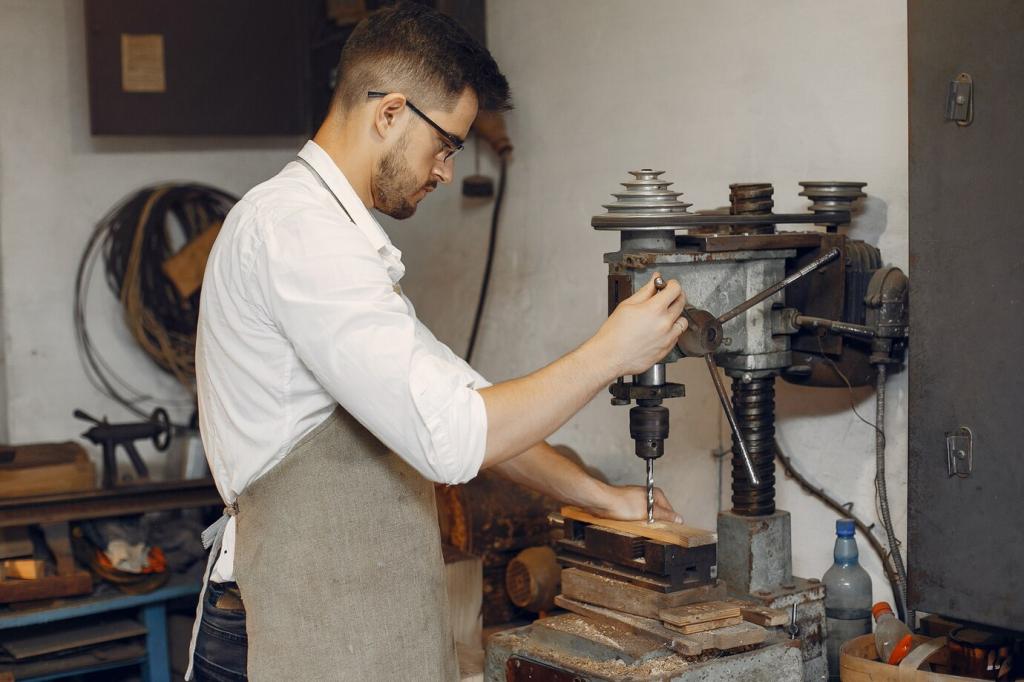Moisture, Moderation, and pH-Neutral Cleaners
Dampen—not soak—a soft cloth with distilled water. Work in small sections, wiping lightly with the grain. Immediately follow with a dry cloth to prevent water rings or swelling, and pause if the surface becomes tacky or dull.
Moisture, Moderation, and pH-Neutral Cleaners
Add a single drop of pH-neutral soap to a bowl of distilled water for stubborn grime. Wring cloths thoroughly. Rinse with a second damp cloth, then dry. If shine changes, stop and ask for guidance in the comments section.
Moisture, Moderation, and pH-Neutral Cleaners
Avoid spraying directly onto wood. Instead, apply liquids to the cloth, then blot and lift. This reduces risk of seepage into joints, veneers, or marquetry. Tell us how blotting worked on your most delicate pieces.
Moisture, Moderation, and pH-Neutral Cleaners
Lorem ipsum dolor sit amet, consectetur adipiscing elit. Ut elit tellus, luctus nec ullamcorper mattis, pulvinar dapibus leo.

